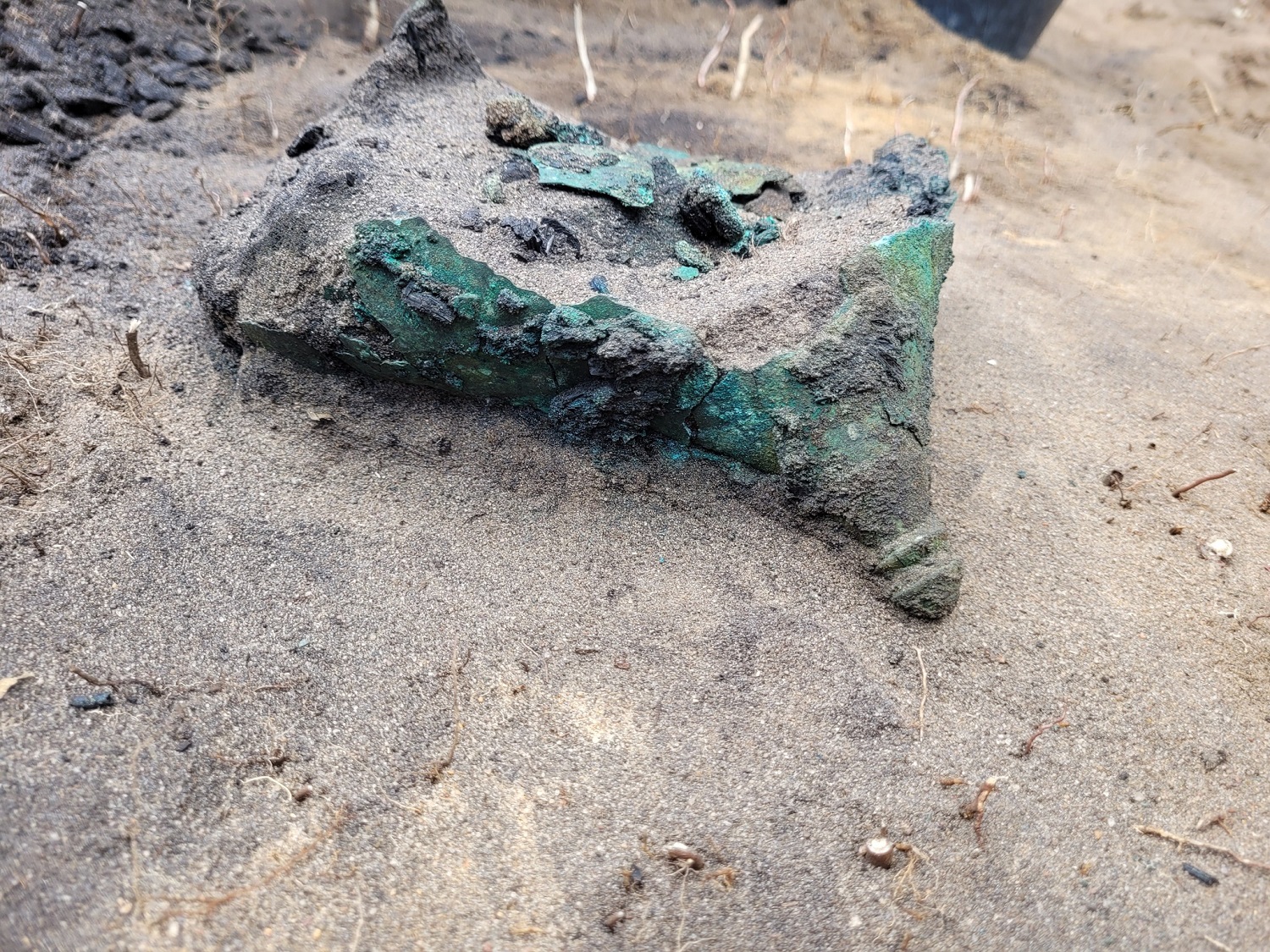Archaeologists have discovered a Bronze helm from the 4th century BC, along with 300 Celtic treasures in Mazovia, Poland.
Excavations were conducted by the State Archaeological Museum in partnership with the University of Warsaw at Łysa Góra, an ancient settlement and burial complex first discovered in 1959.
Łysa Góra is a multi-phase settlement site, with the earliest traces of occupation being associated with the Lusatian culture, a late Bronze Age to Early Iron Age people that inhabited Poland and parts of the Czech Republic, Slovakia, eastern Germany, and western Ukraine.
Previous excavations have unearthed semi-dugout buildings, hearths, various ceramics, and traces of an iron working industry. Due to the settlement’s location, it also served as a major trading centre, evidenced by the various Celtic imports that date from the 4th century BC.

In the latest season of excavations, archaeologists have found over 300 objects, including iron axes and half-scythes, with the most notable discovery being a Bronze Celtic helm – the first of its kind found in Poland.
The helm was initially mistaken for a bronze vessel, until distinctive features started to be unearthed that confirmed it was an early La Tène helmet. The La Tène culture was a European Iron Age people that emerged around 450 BC until their traditional territory was annexed by the expanding Roman Republic in the 1st century BC.
Due to the helm’s poor condition, it has been sent to the Museum Conservation Department of the PMA for restoration, which is expected to take several months. Similar helmets have been found in Austria, with complete examples on display at the Celtic Museum in Hallein.
Excavations also found objects related to farming, forestry, and animal husbandry, in addition to artefacts of the West Baltic kurgan culture, such as rare female ornaments known as multi-coil armlets.
Header Image Credit : State Archaeological Museum in Warsaw
Sources : PAP





